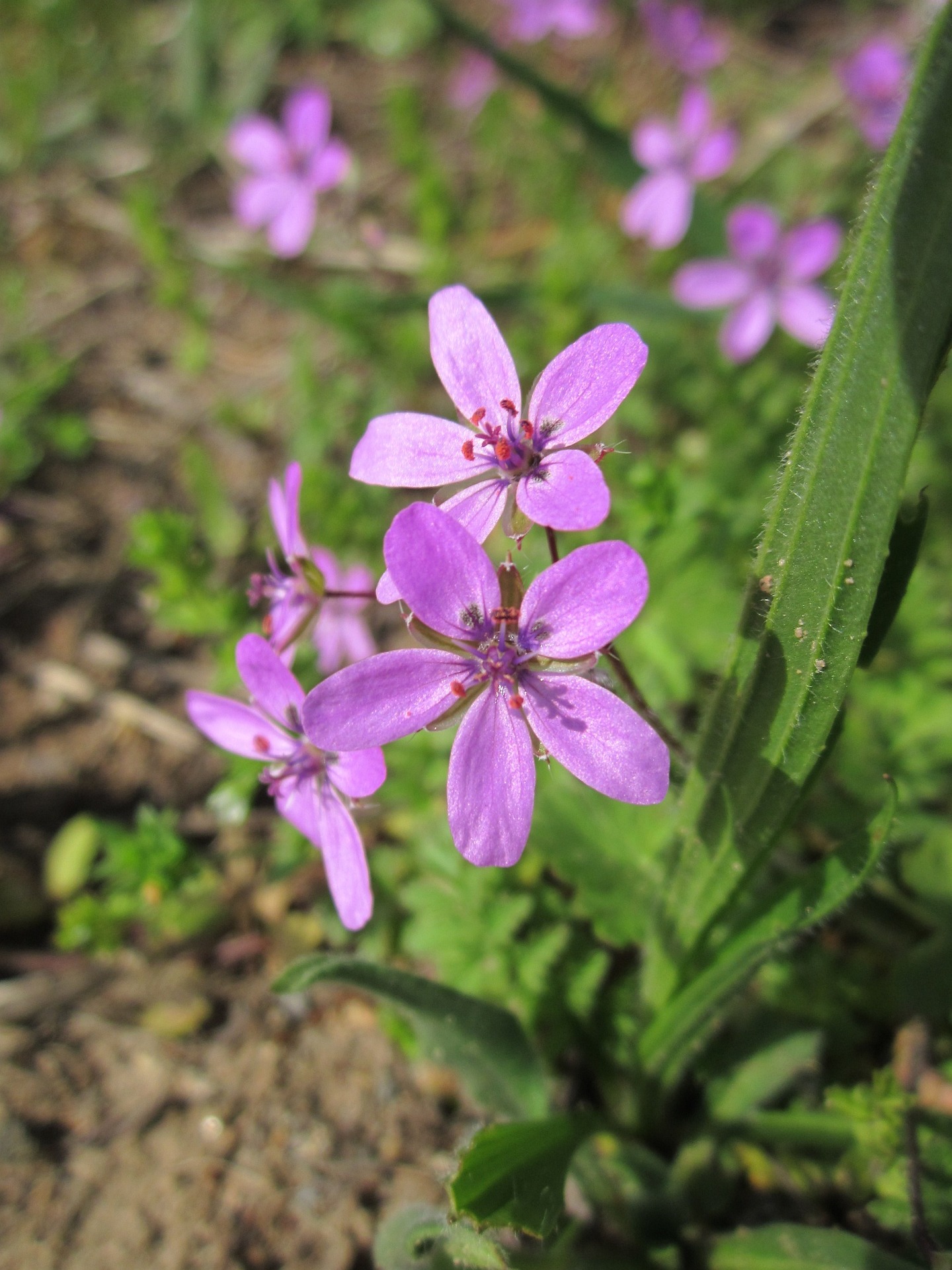Gulfstream
Gaspar Kinga | 10/15/2024
Humans will never be able to surpass the genius of nature, but we can learn a lot from it – including the fact that we can repair the damage caused. The behavior of the tiny seed of a humble flower was a “test” for scientists when they developed the tiny “robot” that could be used to reforest deforested and devastated areas. Morphing Matter Lab engineers have discovered how to plant trees and grow a forest without a nursery by monitoring the movement of hemlock (Erodium cicutarium) seeds. We will show you.
Amidst increasing environmental challenges, a remarkable innovation, a robot called Erodium Copy, has emerged as a ray of hope for our planet's beleaguered ecosystems.
the Matter modification laboratory The invention developed by brilliant specialists can reforest the Earth, protect endangered species and replenish our vital natural resources.
Inspired by nature's own mechanisms, it works with astonishing simplicity: placed in the ground and attached to a seed, it is buried deep underground and offers a nature-inspired solution to one of humanity's most pressing challenges, the reforestation of large areas by air. Sowing.
Aerial seeding is a key way to cover large and otherwise inaccessible areas: it can facilitate post-fire reforestation or restoration of wildlands. However, if the seeds are lying on the surface, they may be damaged by weather conditions or eaten by wildlife, resulting in lower germination rates.
the nature In a study published in the journal, they describe the development of a new biodegradable seed carrier, which a Hemlock (Erhodium secotarium) Inspired by the self-boring behavior of seeds. Seed carrier has a higher planting success rate than hemlock seed. This technology can improve the efficiency of aerial seeding.
This is how hemlock seeds work in nature:
the Matter modification laboratory His team designed a biodegradable wood seed carrier that mimics the seeds of hemlock, a genus of plants whose seeds, with their coiled tails, act like a drill when planted in soil.
Attached to the seed holder are three coiled tails that uncoil when exposed to moisture, allowing it to hold seeds as large as White trunk pine The seeds are 11 mm long and weigh about 72 mg.
Increasing the number of unfolded tails ensures that the drill bit bends more for drilling. In tests, the seed carriers were 80 percent successful in placing seeds in the ground on flat ground, reducing the risk of them being blown away by the wind or eaten by animals. Under the same field conditions, the success rate of natural hemlock seeds showed invaluable results. The authors point out that the carriers could also be used to deliver pesticides or other materials (such as sensors) that could be useful in agricultural and environmental applications.

Hemlock (Erodium cicutarium) – photo: Pixabay/Wikimedia
This self-drilling seed-carrying “robot” is expected to improve the efficiency of aerial seeding to alleviate agricultural and environmental pressures.
What distinguishes this robot from the rest is its imitation of natural processes.
It is worth noting that
The main material used in its construction is oak wood, which is known for its strength and environmental friendliness.
By avoiding additional synthetic materials, it reduces environmental damage, making it a truly sustainable solution for reforestation.
This is how the Erodium version works:
Inspired by the hemlock's self-boring seed propulsion mechanism, this innovation is a critical step towards global reforestation, breathing new life into our fragile ecosystems and reviving hope for a greener, more sustainable future. This revolutionary method is not only able to revolutionize classical field spraying, but also enables the cultivation of microorganisms such as fungi or predatory nematodes, which are vital for healthy tillage.
An added advantage of this method is that it can also be grown on steep, inaccessible hillsides.
Not only is this practice environmentally friendly, it can also prevent landslides and keep the spread of invasive species under control. Just imagine a drone delivering these self-drilling seeds accurately, quickly and effortlessly, making planting in difficult terrain easier.
But technology doesn't stop there! It is envisioned that in the near future, similar devices will be used to place sensors in fields that can measure environmental conditions in real time, helping to sustain agriculture and improve yields. The creation and use of self-drilling seeds is therefore not just a new planting machine, but a versatile tool that can pioneer precision agriculture and ecosystem protection.
Opening image: Wikipedia/Didier Desquins
We also recommend the following:

Recipe by Beatrix Harrer-Abussy






